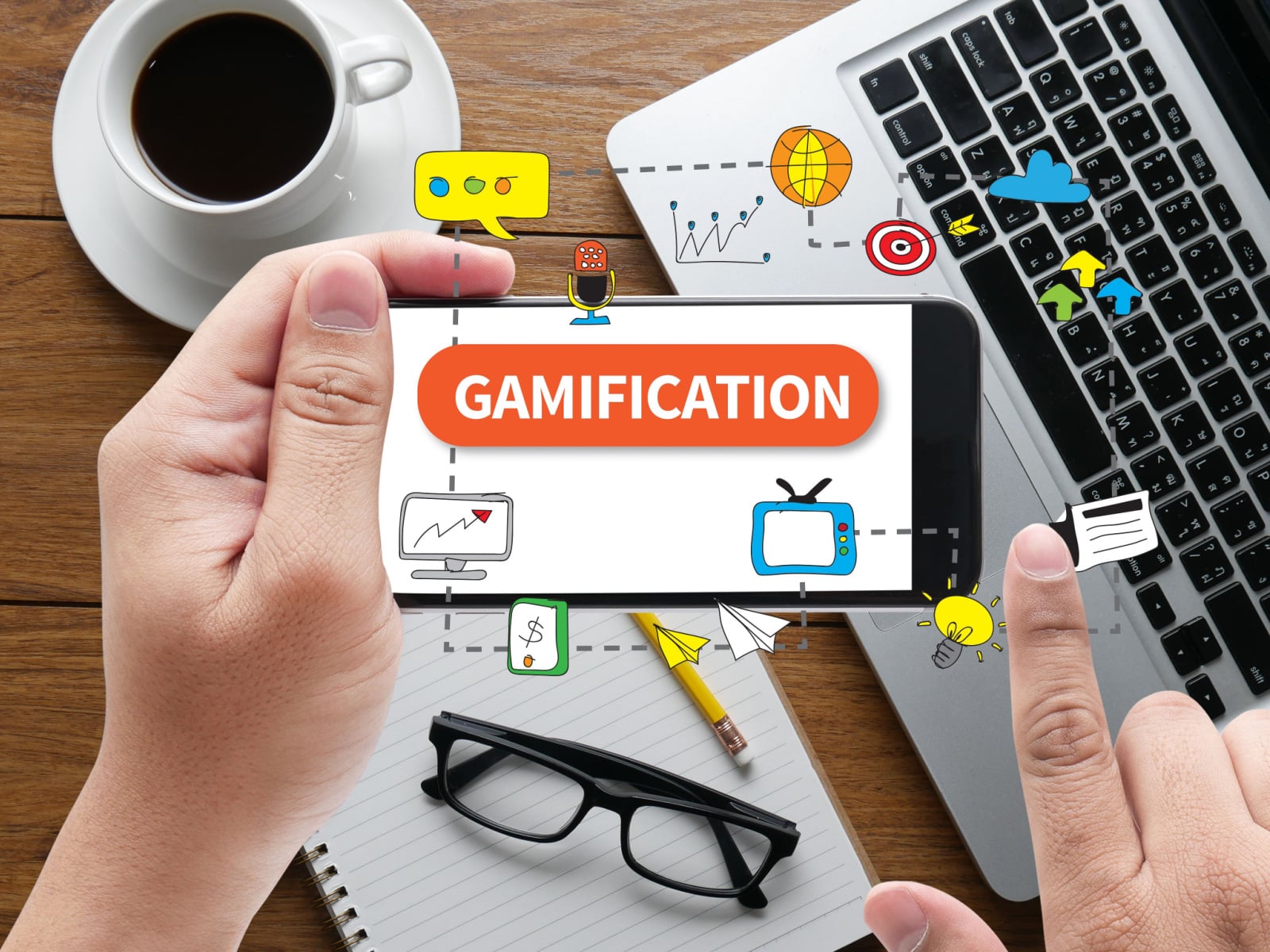Gamification in Marketing Success
"Discover how gamification in marketing boosts engagement, captivates audiences and drives conversions for small businesses."

Welcome to The Buzz, your trusted source for navigating the ever-evolving digital marketing landscape. Today, we embark on an exciting exploration of gamification in marketing and its transformative role in modern marketing strategies. By infusing elements of play into marketing campaigns, businesses can cultivate deeper engagement, foster brand loyalty, and drive meaningful interactions with their audience.
Deciphering Gamification in Marketing
Gamification entails the integration of game mechanics and dynamics into non-game contexts, such as marketing initiatives. This approach aims to leverage principles like competition, achievement, and rewards to incentivize desired behaviors and interactions among consumers. By incorporating elements like points, badges, challenges, and leaderboards, marketers can create immersive experiences that resonate with their target audience and drive desired outcomes.
There are platforms such as Gamify and Bunchball provide comprehensive solutions for businesses looking to implement gamification strategies into their marketing campaigns. These platforms offer customizable features and analytics tools that enable marketers to design and track gamified experiences effectively. Moreover, integration with existing CRM systems allows for seamless data management and personalized engagement with consumers.
Unpacking the Psychological Underpinnings
At the heart of gamification lies a profound understanding of human psychology. By tapping into intrinsic motivators like autonomy, mastery, and purpose, gamified experiences can effectively capture the attention and engagement of consumers. Moreover, the element of competition triggers the innate desire for recognition and status, further fueling participation and involvement in marketing activities.
Businesses can enhance psychological insights into consumer behavior through the use of data analytics and customer segmentation tools. Platforms like Google Analytics and HubSpot provide valuable insights into user behavior and preferences, allowing marketers to tailor strategies to specific audience segments. By leveraging these tools, businesses can optimize their game-play experiences to resonate with the psychological motivations of their target audience.
Examining Successful Gamification Marketing Strategies
Countless brands have harnessed the power of gamification to enhance their marketing efforts and connect with consumers in meaningful ways. Take McDonald’s Monopoly promotion, for instance, which transformed the act of purchasing fast food into a thrilling game of chance, driving customer excitement and loyalty. Similarly, the Nike Run Club app gamifies the running experience by offering virtual badges, challenges, and rewards, motivating users to push their limits and stay active.
In addition to these examples, businesses can draw inspiration from success stories across various industries. For instance, Duolingo employs gamification techniques to make language learning enjoyable and addictive, resulting in millions of active users worldwide. By studying these case studies and analyzing the underlying strategies, marketers can glean valuable insights into effective tactics and apply them to their campaigns.
Implementing Gamification in Your Marketing Mix
Integrating gamification into marketing campaigns requires a strategic approach that aligns with business objectives and audience preferences. Whether aiming to increase brand awareness, drive customer engagement, or boost sales, marketers must design gamified experiences that resonate with their target demographic. Additionally, leveraging robust analytics and user feedback can provide valuable insights into the effectiveness of gamification efforts, allowing for continuous optimization and refinement.
Leveraging Gamification Tools and Platforms
Gamification in marketing has become increasingly prevalent, leveraging game mechanics to drive engagement and loyalty. Marketing automation platforms like Salesforce and Adobe Campaign offer advanced capabilities for integrating gamification into multi-channel campaigns. These platforms enable personalized interactions and seamless tracking of performance metrics, streamlining gamification efforts and ensuring consistent engagement with the audience.
An array of tools and platforms exists to facilitate the seamless integration of gamification into marketing initiatives. Solutions like Gamify, Buzzball, and Buddyboss offer customizable platforms equipped with a suite of gamification features, enabling businesses to design captivating experiences tailored to their unique needs. Integrating gamification capabilities into existing marketing automation systems, such as Salesforce or Adobe Campaign, empowers marketers to orchestrate personalized interactions and track performance metrics with ease.
Additionally, gamification extends beyond traditional marketing channels, with social media platforms incorporating game elements to enhance user engagement. Platforms like Facebook and Instagram offer features like badges, challenges, and rewards to incentivize user interaction and foster community engagement. By incorporating these elements into their social media strategies, businesses can cultivate deeper connections with their audience and drive meaningful interactions through the use of interactive content.
By embracing the principles of play, marketers can unlock new avenues for connecting with their audience, fostering brand loyalty, and achieving tangible business results. As the marketing landscape continues to evolve, integrating this into your strategy can serve as a powerful catalyst for success. So, level up your marketing efforts, embrace the spirit of games, and watch as your brand takes center stage in the hearts and minds of consumers.